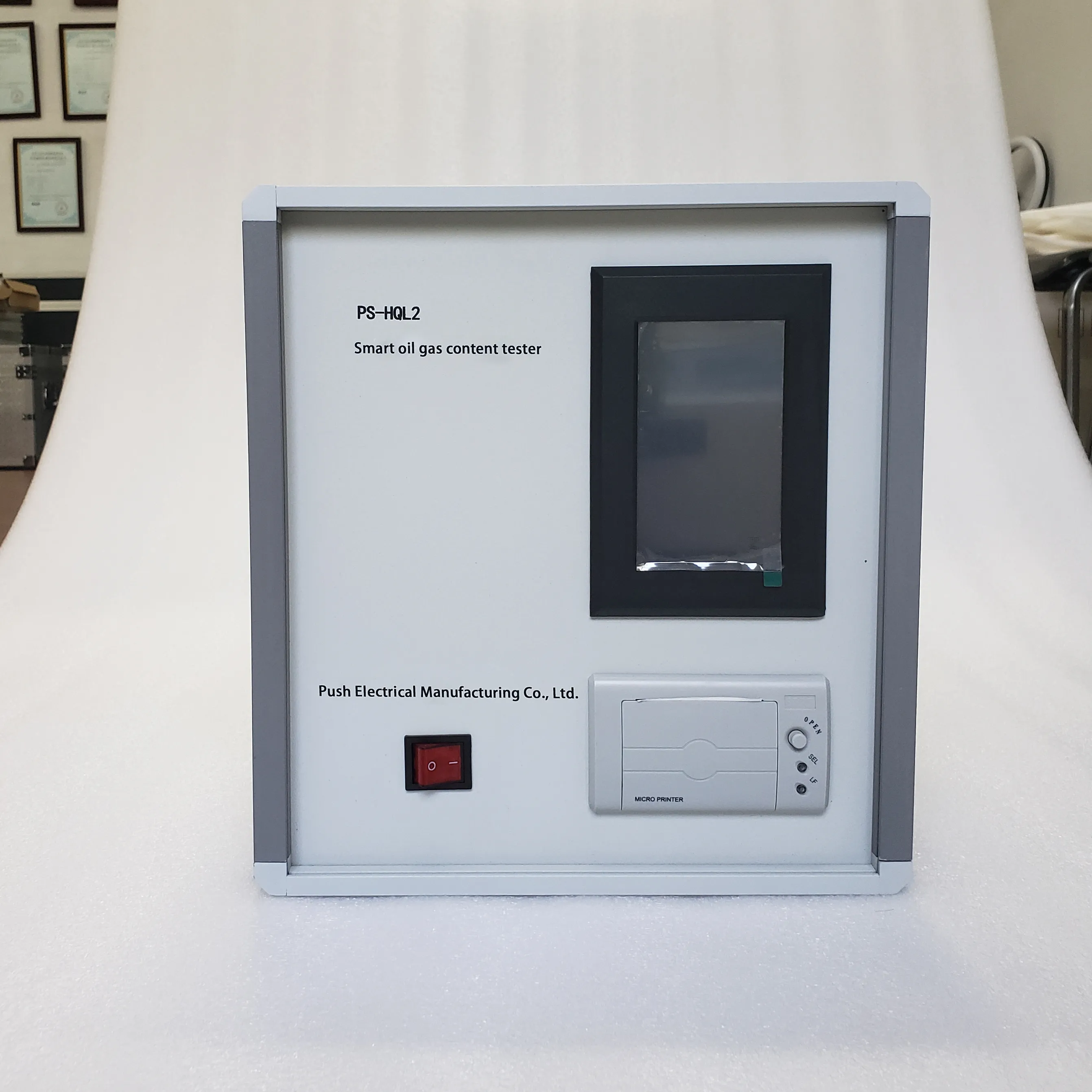 English
English


Comparative Analysis of Gas Chromatography Techniques for Enhanced Separation and Detection
Gas Chromatography and Gas-Liquid Chromatography An Overview
Gas chromatography (GC) and gas-liquid chromatography (GLC) are instrumental analytical techniques widely used in scientific research, environmental monitoring, and industrial applications. Both methodologies share core principles but have distinctive characteristics that make them suitable for different types of analyses. This article aims to provide an overview of these chromatographic techniques, highlighting their principles, applications, and the advantages they offer.
At the heart of both gas chromatography and gas-liquid chromatography is the principle of separation based on partitioning between a stationary phase and a mobile phase. In gas chromatography, the mobile phase is an inert gas, typically helium or nitrogen, while the stationary phase is a liquid or solid bound to the walls of a capillary column or packed in a column. When a sample is introduced into the system, it is vaporized and carried by the inert gas through the column. The different components of the sample interact differently with the stationary phase, leading to varying retention times. These differences enable the separation of complex mixtures into individual components, which can then be detected and quantified.
Gas-liquid chromatography is a specific type of GC where the stationary phase is a liquid that is coated onto an inert solid support within the column. This configuration allows for the separation of volatile and semi-volatile compounds, making GLC particularly useful in various applications such as the analysis of essential oils, flavors, and fragrances, where liquid-liquid partitioning significantly enhances the separation efficiency.
One of the primary advantages of gas chromatography and gas-liquid chromatography is their high resolution and sensitivity. The ability to separate components within a minute, even at trace levels, makes these techniques invaluable for environmental testing, food safety, and forensic analysis. For instance, GC is commonly employed for analyzing pesticides in agricultural products, determining the composition of air pollutants, and detecting volatile organic compounds in water.
gas chromatography and gas liquid chromatography

Another significant benefit of these techniques is their rapid analysis time. Unlike other chromatographic techniques, such as high-performance liquid chromatography (HPLC), GC can produce results in a fraction of the time. This rapid analysis is crucial in industries where timely information is necessary for quality control, such as in the manufacturing of pharmaceuticals and chemicals.
Moreover, advancements in technology have further enhanced the capabilities of gas chromatography. Modern GC instruments are equipped with sophisticated detectors such as mass spectrometers (GC-MS) that can provide structural information about the separated compounds, thereby increasing the information yield from the analysis. This combination allows for the identification and quantification of compounds simultaneously, making it an essential tool in many fields of study.
However, it is important to note that gas chromatography does have its limitations. The technique primarily focuses on volatile compounds, which means that non-volatile and thermally unstable substances are typically unsuitable for GC analysis. Additionally, sample preparation can be critical, and the presence of complex matrices may necessitate pre-treatment to avoid interference during detection.
In conclusion, gas chromatography and gas-liquid chromatography are powerful analytical tools that play a significant role in a variety of scientific and industrial fields. Their ability to provide rapid, sensitive, and precise analysis of volatile compounds makes them invaluable in applications ranging from environmental monitoring to food safety and forensic science. As technology continues to advance, the applications and capabilities of GC and GLC are expected to expand, further solidifying their place in modern analytical chemistry.
-
Differences between open cup flash point tester and closed cup flash point testerNewsOct.31,2024
-
The Reliable Load Tap ChangerNewsOct.23,2024
-
The Essential Guide to Hipot TestersNewsOct.23,2024
-
The Digital Insulation TesterNewsOct.23,2024
-
The Best Earth Loop Impedance Tester for SaleNewsOct.23,2024
-
Tan Delta Tester--The Essential Tool for Electrical Insulation TestingNewsOct.23,2024





